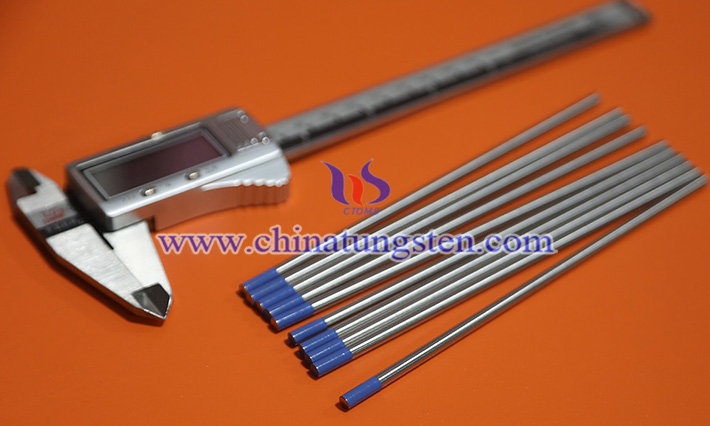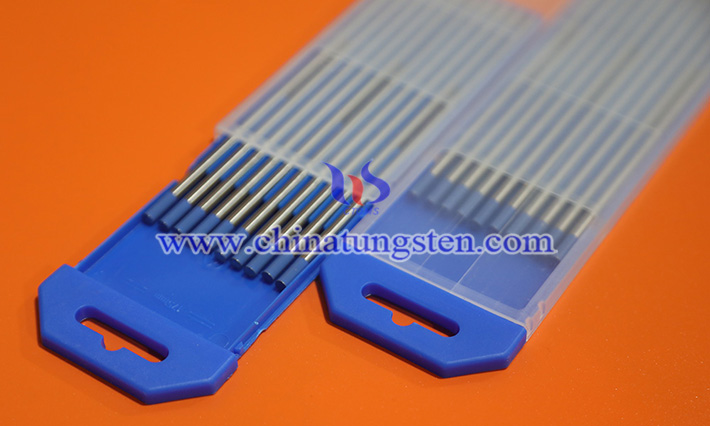Which Welding Current Range Is Suitable for Lanthanum Tungsten Electrodes?
- Details
- Category: Tungsten Information
- Published on Wednesday, 30 July 2025 16:13
In modern welding processes, the correct current setting plays a crucial role in weld quality.
As a non-consumable electrode material, tungsten-based products are widely used in tungsten inert gas (TIG) welding and plasma arc welding. Lanthanum oxide-doped and modified products are increasingly favored in the welding industry due to their environmental, safety, and stable performance. So, what is the ideal welding current range for lanthanum tungsten electrodes? This affects not only arc starting performance, but also weld quality and consumable life.

In terms of material properties, this type of welding alloy enhances thermal electron emission and ablation resistance by doping pure tungsten with 1.0 % to 2.0% lanthanum oxide (La₂O₃). This allows for rapid arc initiation and stable arc maintenance even at relatively low currents. Compared to traditional, radioactive materials, this product is not only safer to use but also offers excellent control during low-current welding, making it particularly suitable for welding precision parts.
Depending on the electrode diameter, the applicable welding current range is also different. The following is the recommended current range corresponding to common specifications (taking DC negative electrode welding as an example):
Ø1.0 mm: 15–80 A
Ø1.6 mm: 50–150 A
Ø2.4 mm: 80–200 A
Ø3.2 mm: 120–250 A
Ø4.0 mm and above: 160–300 A and above
From the above data, it can be seen that the applicable current range of lanthanum tungsten electrodes is very wide, covering from micro-current precision welding to high-current large-scale component welding. Especially in automated welding and robotic welding systems, this material has strong tip stability, low heat loss, and can maintain arc concentration for a long time, so it performs particularly well in continuous working scenarios.

In addition, it also has a certain adaptability under AC welding conditions, especially high-end types such as WL20, which can be used for aluminum welding. However, it should be noted that when used under AC conditions, appropriate grinding methods (such as ball head or cone transition type) should be used to prevent arc drift or tip melting.
In actual production, in addition to matching electrode diameter and current, welding parameters such as current type (DC/AC), polarity (positive/negative), welding material type, and shielding gas flow rate also affect performance. For example, when welding thin stainless steel, a Ø1.6 mm electrode with a current of 40–90 A is often used to maintain weld accuracy and ensure moderate penetration . When welding thicker carbon steel or nickel-based alloys, electrodes larger than 2.4 mm and higher currents are recommended to improve welding efficiency.
- Chinatungsten Online: www.chinatungsten.com
- CTIA GROUP LTD: en.ctia.group
- Tungsten News & Price: www.ctia.com.cn
- Molybdenum News & Price: news.molybdenum.com.cn
- Tel.: 86 592 5129696; Email: sales@chinatungsten.com



 sales@chinatungsten.com
sales@chinatungsten.com